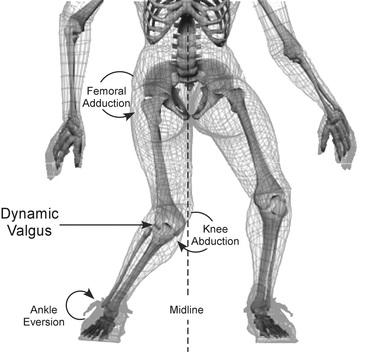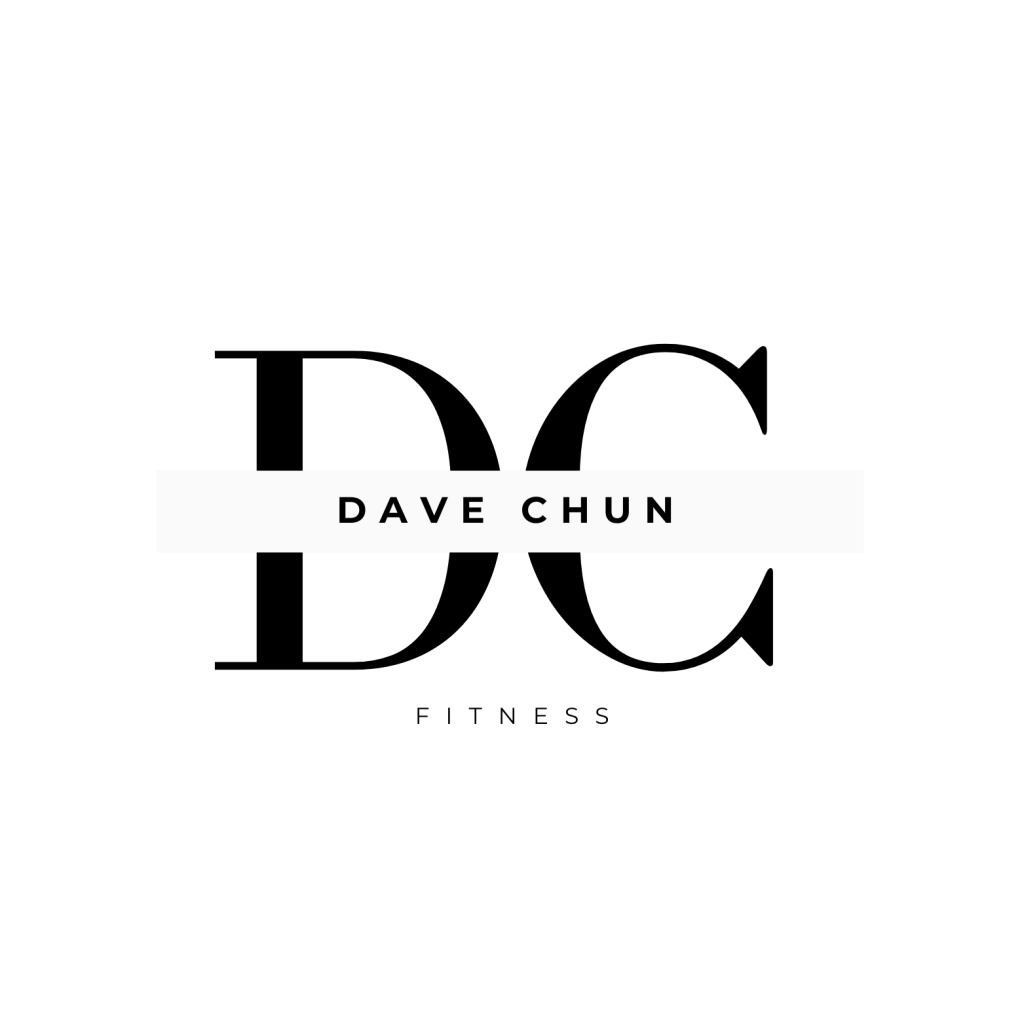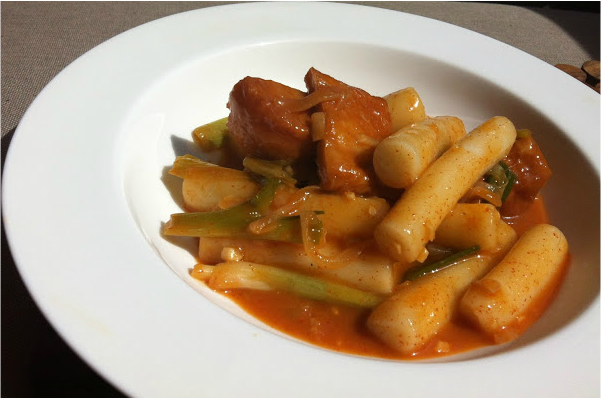 Korean street food, oh how I miss thee
Korean street food, oh how I miss thee
So you are thinking, “what is relationship of my favorite Korean dish to physical literacy?” Like Dukbokki, everybody has their take on fitness. For instance, some choose to do more bodyweight exercises like pilates, yoga, and martial arts, while others prefer to Olympic lift, powerlift, and do strongman training. However, without the core essentials of physical literacy, there is a greater chance of plateauing and an increased likelihood of injury, which will ultimately lead you to Dave Bender’s physical therapy clinic.
Great thing about the body is that it is great at adapting to whatever demand we impose on it.
 If you can help it, don’t bend your knee like this
If you can help it, don’t bend your knee like this
Which reminds me of a conversation I had with the Ravens’ strength coach about abdominal training few years ago. At the Ravens’ training facility, I observed a few of the players doing what I thought were inferior ab movements. His thought was that there are more ways then one to go from A to B. But here is what that strength coach was missing: it really is not about getting to B blindly but how we train and educate our bodies correctly getting to B. Let me explain.
What I have realized in the last few years of my professional career is the value of laying necessary groundwork to teach our many muscles to work in concert with each other. So in many ways, this laying of the foundation is at the heart of physical literacy. For instance, currently there is an alarming number of knee injuries, like patellofemoral pain and ACL tears, among teenage female athletes. As a matter of fact, I presently work with a female athlete with a past knee injury due to her knee valgus. Her knee injury was due to few key reasons like her greater Q-angle, less ability to engage the glutes and the hamstrings, and weaker VMO’s. There are data out there that have shown that with properly strength pre-hab, injury rate could be reduced by as much as 87%. In essence, if you can strengthen and teach your muscles to engage in the proper sequence, not only will you reduce the chance of injury, but enhance the functional properties of your limbs and therefore your entire body. And I think this is where the concept of physical literacy comes into play.
So here is my take on physical literacy. We need five essential elements to lay the fitness foundation: 1) Mobility; 2) Proprioception; 3) Intra-muscular coordination; 4) Inter-muscular coordination; and 5) Work Capacity. I’d tell you what these are, but, unfortunately, my morning tea is calling my name right now. And because of this stupid $50 bet and me doing IF, my morning would not be the same without my green tea. Remember patience is a virtue and I promise I’ll make my next post worth your time.


0 responses to “Physical Literacy part II”